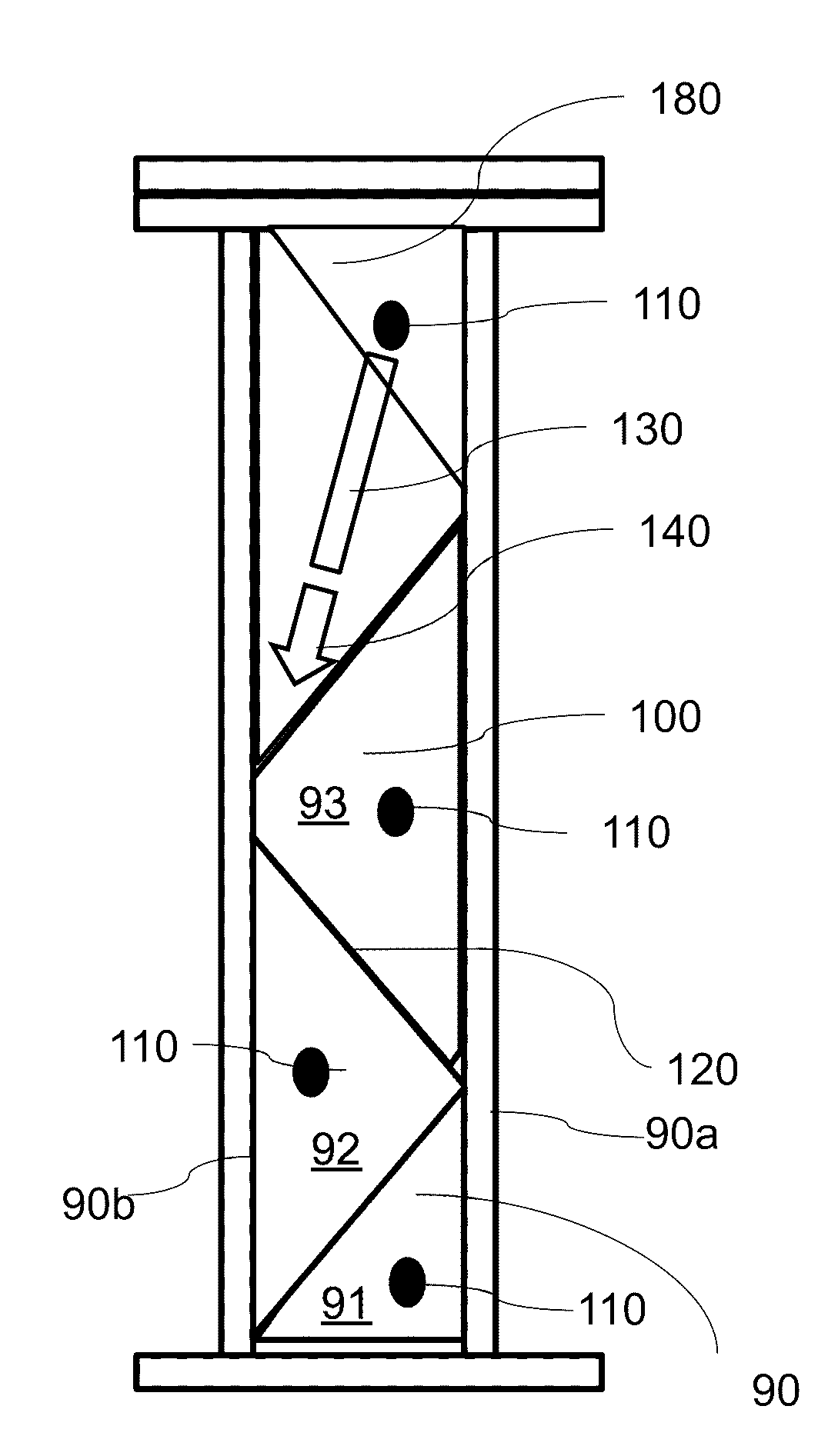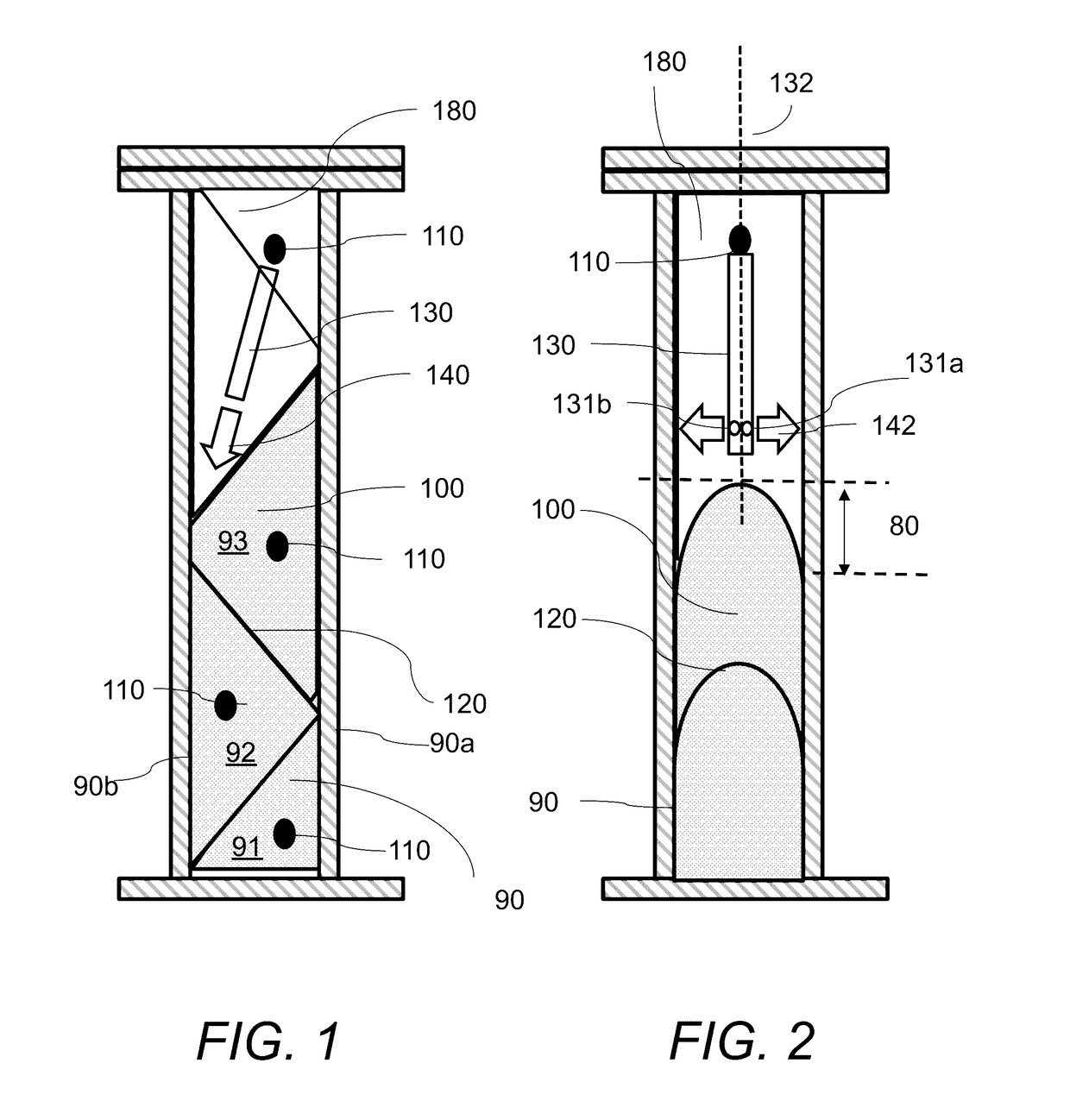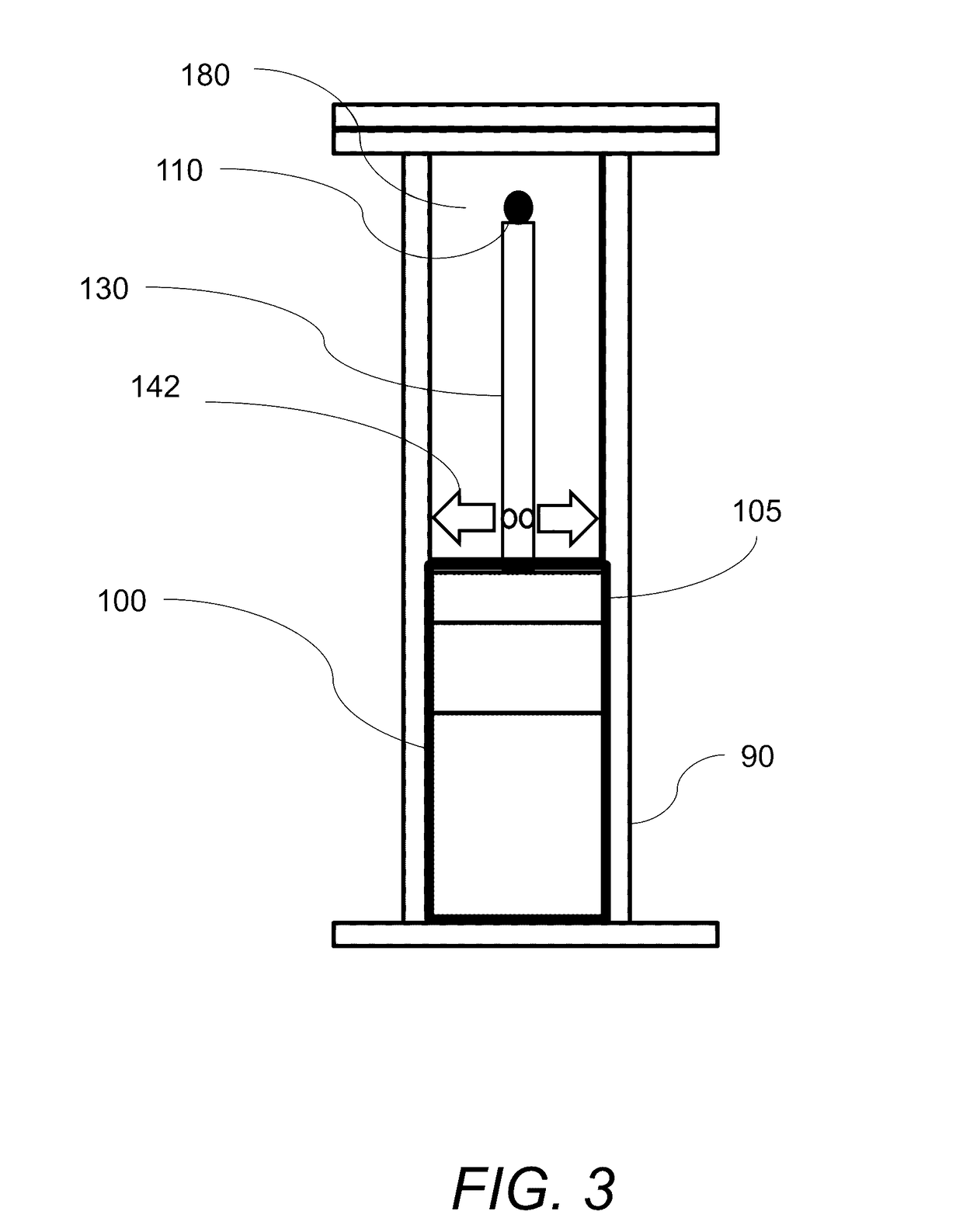System and method for minimally invasive injection foam
a technology of injection foam and system, which is applied in the field of system and a method for minimally invasive injection foam, can solve the problems of not coming close to achieving the energy use level of new buildings, reducing the number of new buildings built each year, and increasing the number of injection holes. , to achieve the effect of reducing the buildup of pressure, reducing the number of injection holes, and simplifying training
- Summary
- Abstract
- Description
- Claims
- Application Information
AI Technical Summary
Benefits of technology
Problems solved by technology
Method used
Image
Examples
Embodiment Construction
[0109]Methods
[0110]Foam-in-place insulating foams are formed when an A side chemical (typically isocyanate) and a B side chemical (typically polyol) are mixed to form a mixed partially expanded foam. This mixed partially expanded foam is subsequently sprayed or injected in place where it continues to expand to form a mixed fully expanded foam. Referring to FIG. 1 and FIG. 2, mixed partially expanded foam is injected into a wall cavity 90 either directly through injection holes 110, as shown at the bottom of FIG. 1, or remotely by using a dispense tube 130, as shown at the top of FIG. 2. The mixed partially expanded foam is dispensed either directly from the tip of a dispense gun or by using a short and narrow straw of 6″ or less in length and ½″ or less in diameter attached to the end of the foam gun. The mixed partially expanded foam is injected directly into multiple openings 110 located along the entire interior or exterior surfaces of wall cavity 90. The direct injection of the ...
PUM
| Property | Measurement | Unit |
|---|---|---|
| diameter | aaaaa | aaaaa |
| payback time | aaaaa | aaaaa |
| payback time | aaaaa | aaaaa |
Abstract
Description
Claims
Application Information
 Login to View More
Login to View More - R&D
- Intellectual Property
- Life Sciences
- Materials
- Tech Scout
- Unparalleled Data Quality
- Higher Quality Content
- 60% Fewer Hallucinations
Browse by: Latest US Patents, China's latest patents, Technical Efficacy Thesaurus, Application Domain, Technology Topic, Popular Technical Reports.
© 2025 PatSnap. All rights reserved.Legal|Privacy policy|Modern Slavery Act Transparency Statement|Sitemap|About US| Contact US: help@patsnap.com



